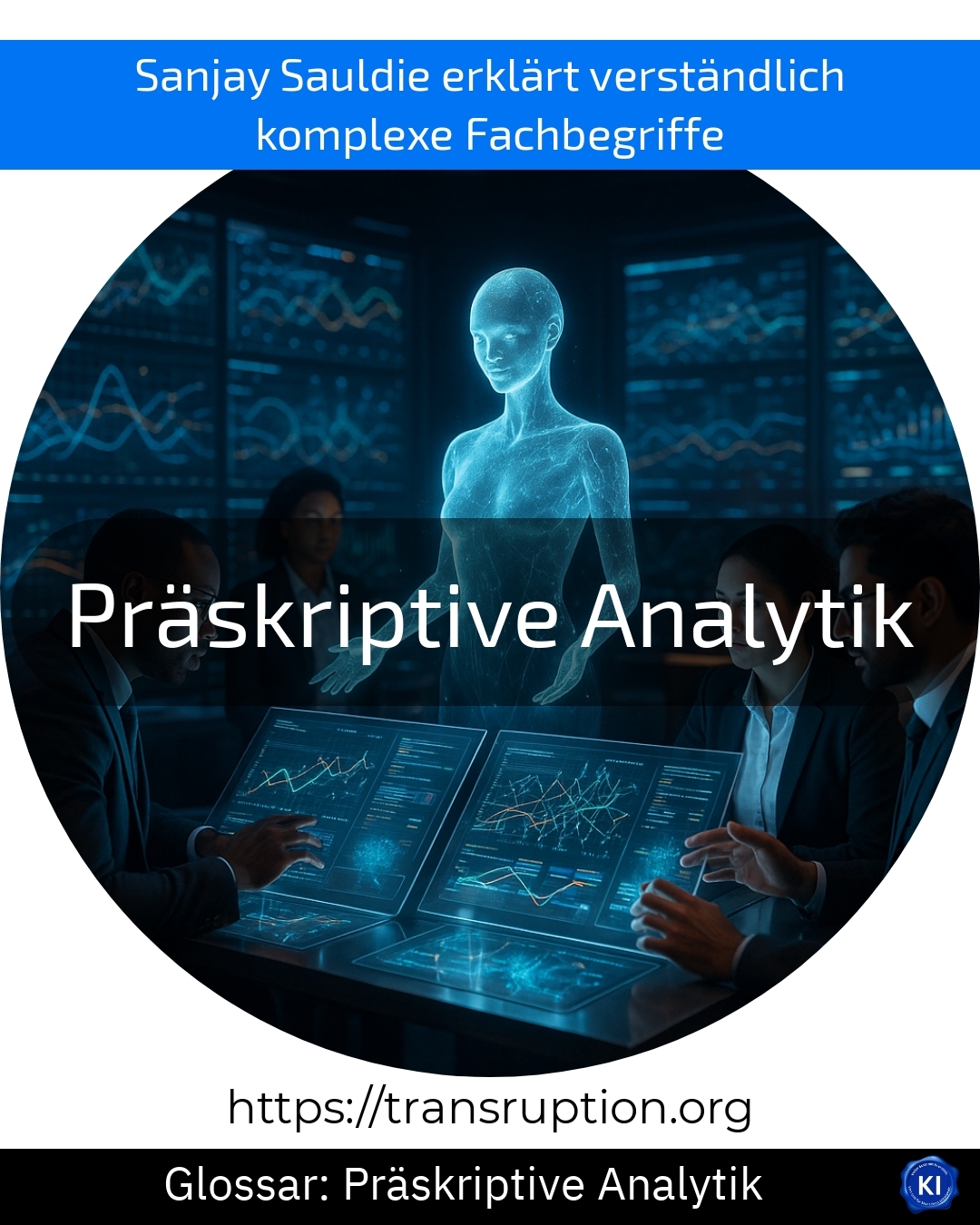Prescriptive analytics is primarily used in the areas of big data and smart data, artificial intelligence and digital transformation. This approach helps companies to find out not only what has happened in the past or what is likely to happen in the future, but above all what is best to do now.
In contrast to descriptive or predictive analytics, prescriptive analytics provides concrete recommendations for action based on large amounts of data. It uses advanced algorithms and models to test different options and suggest the best solution for a current problem.
A practical example: thanks to prescriptive analytics, an online shop realises that some products are particularly popular at certain times. The system then automatically suggests increasing the stock of these goods or launching targeted promotions. In this way, losses due to sold-out products can be avoided and sales increased.
Prescriptive analytics therefore helps decision-makers to react faster and better to complex situations and to organise processes more efficiently.















